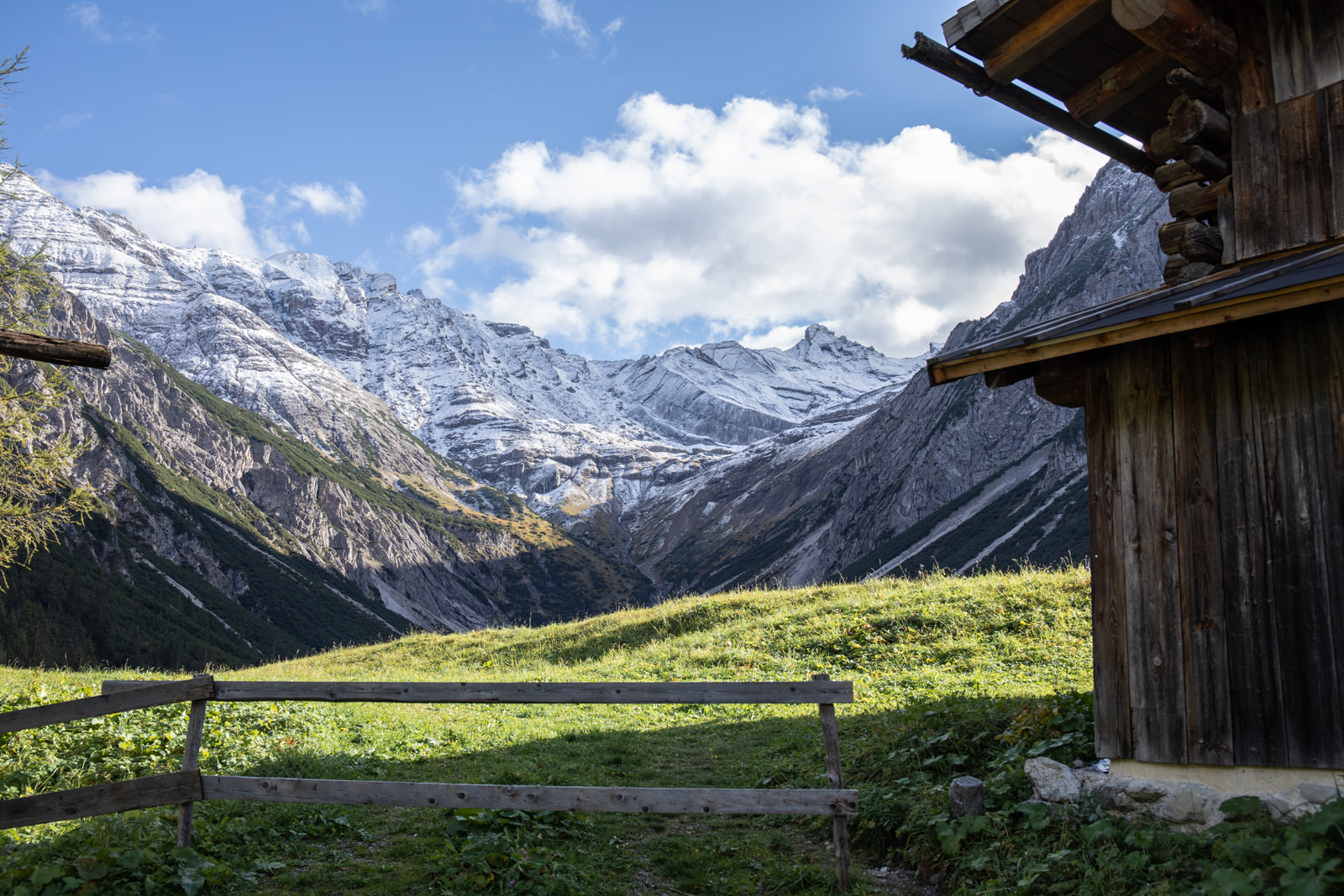
From a distance, the stones along the Lech all look the same. Grey and more or less rounded by the Lech water. But that is deceptive!
If you take the time to look at the Lech pebbles up close, you will see other colours on the gravel banks besides the grey ones. Green, red, pink, white ... Round or rather angular ... Every stone can tell stories about its formation.
Gravel, stones, boulders, sand - all together they are also called bedload. And for good reason. Because the Tyrolean Lech pushes a large amount of stones down its valley with the water. If bedload transport were stopped, the Lech would deepen, gravel banks would disappear and the Tyrolean Lech would flow through the valley as a straight stream. Therefore, the Lech gravels are an important lifeline of the Lech.
But the Lech is "rich in stone". Its side streams constantly bring it rock material from the mountains. This material is crushed and rounded on its way. The stones are deposited as gravel, taken away during floods, further crumbled and ground. New gravel keeps coming in from above, which is rolled through the Lech.
The colourful Lech pebbles have a lot to tell! Different colours and shapes indicate their history of origin.